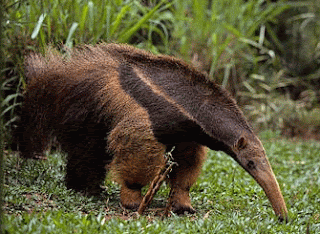In the last 100 years, only 12 white tigers have been spotted in the wild. These unique tigers instill a sense of unmatched beauty and awe, but common folklore portray them as the beasts of death or bad omen. So, while they may indeed be idolized by some people, they are brutally hunted down by others.
White tigers are very rarely seen in the wild. White tiger cannot be considered as a sub-species but are a result of recessive yet rare genes of the Bengal tiger and is actually a color variation. It is estimated that only one in 10,000 births can result in the birth of a white tiger naturally. Over the past couple of centuries, white tigers have become even rarer in the wild, with some unsubstantiated sightings in the Siberian wild, due to trophy hunting or capture for the exotic pet trade. Today, the white tiger can still be found in a handful of zoos and animal sanctuaries around the world, with these large and beautiful felines often being the star attraction.
INTERESTING FACTS
- In the wild, white tigers usually hunt at night as their white fur does not provide camouflage, the night vision of tigers is six times better than that of humans.
- Just like human fingerprints, no two tigers have the same pattern of stripes.
- There are more tigers held privately, as pets, than there are in the wild.
- The tiger is the biggest species of the cat family and white tigers tend to be larger than the normal orange-colored tigers.
- July 29th is celebrated as Global Tiger Day.
Tigers usually carry the Chinese mark of wang or king on their forehead.Tigers, in general, are threatened with extinction due to loss of habitat and hunting. Three tiger subspecies - Bali, Javan and Caspian - have already become extinct. The six remaining species, Siberian, Bengal, Indochinese, Malayan, South China, and Sumatran - are found only in Asia, and are threatened due to poaching and habitat loss.
view more>>


